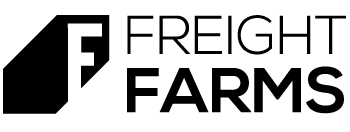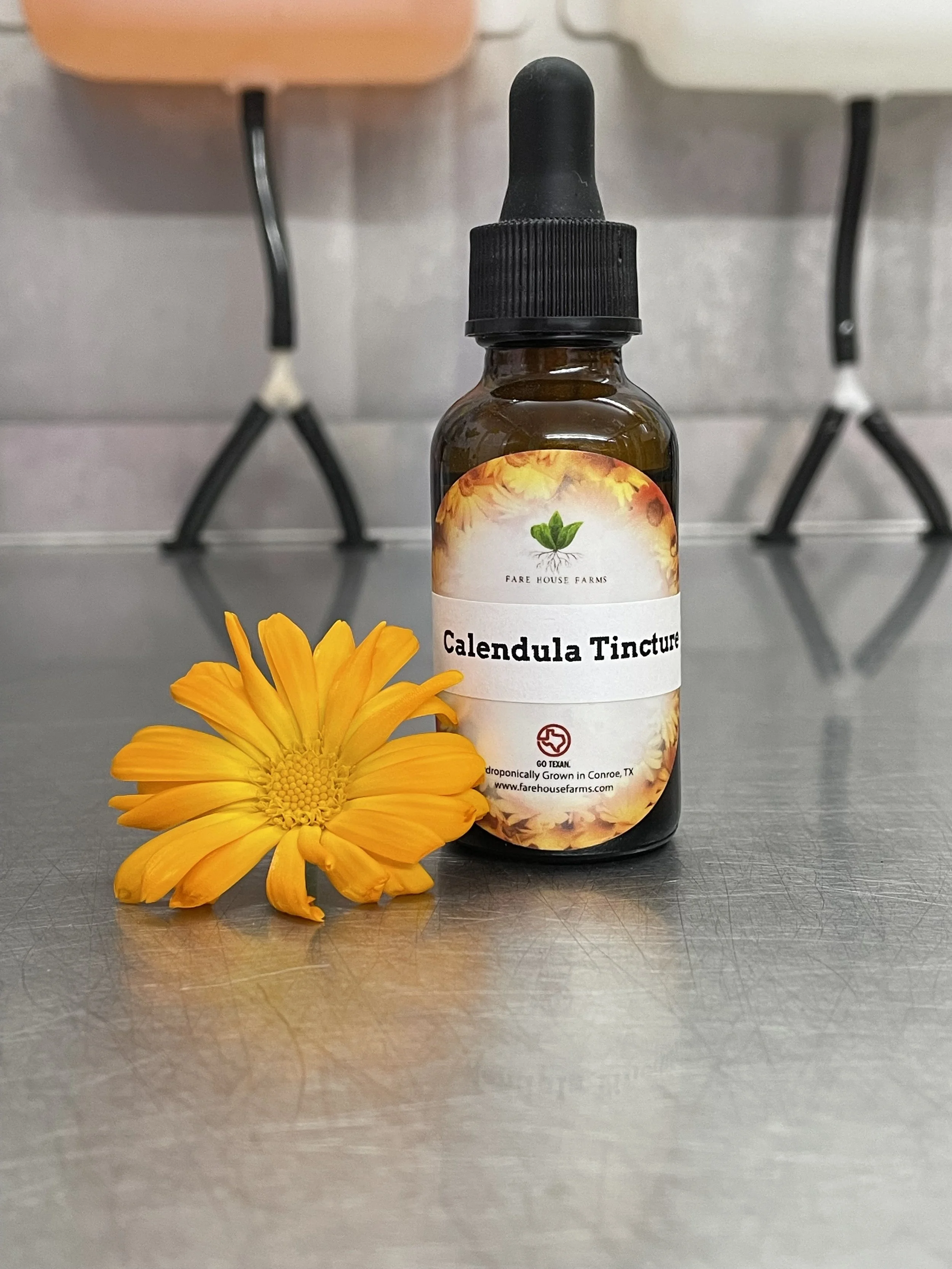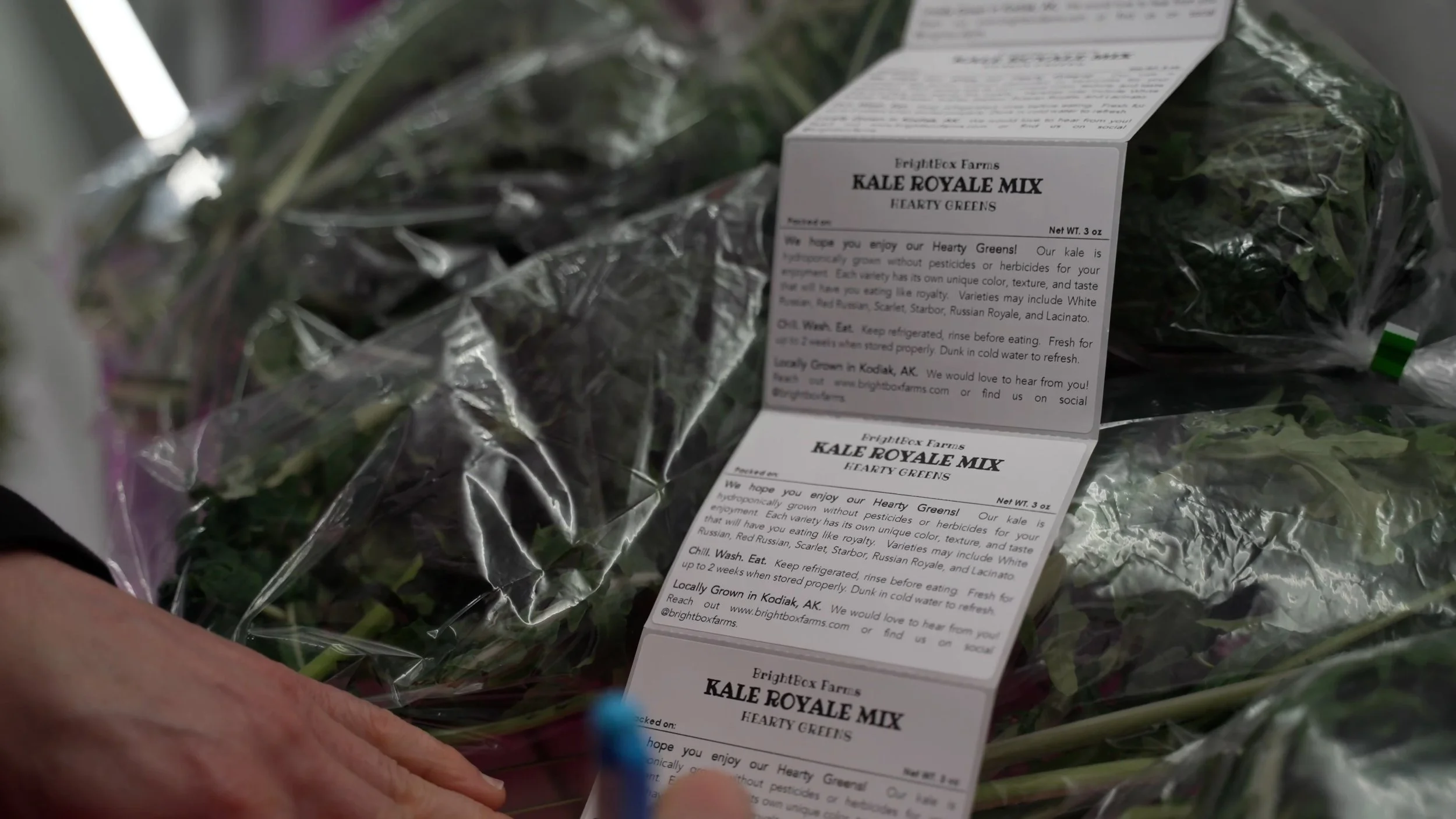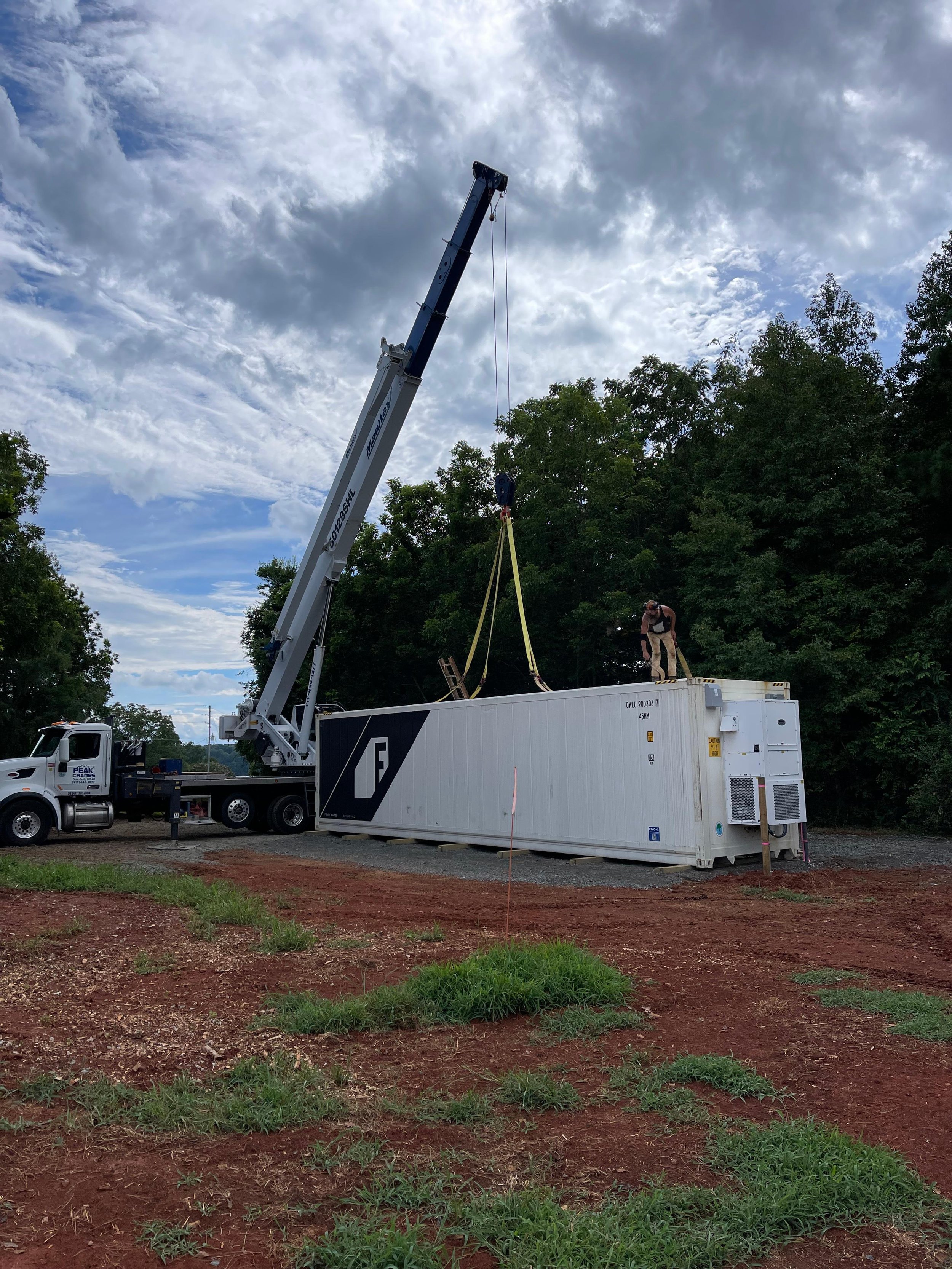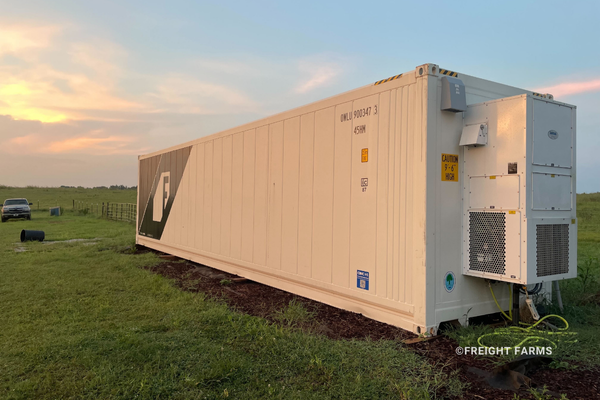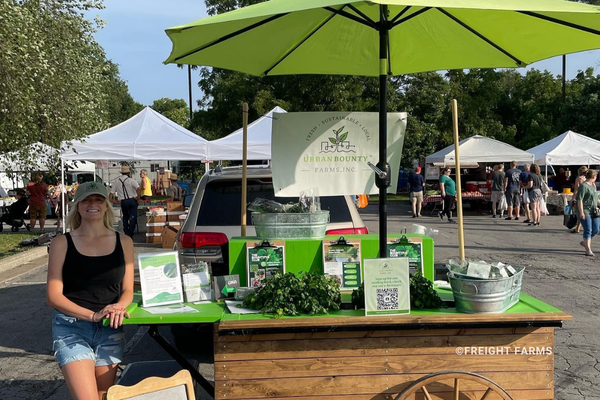How to Package Your Crops: 6 Essential Tips for Farmers
Packaging plays a vital role in not only protecting your crops but also communicating your brand’s values and appealing to your customers. Whether you’re selling to grocery stores, restaurants, or directly to consumers, the right packaging can make all the difference.
Here’s an in-depth guide to help you package your crops efficiently and effectively.
1. Align Packaging with Brand Values
The packaging you choose should reflect the ethos of your farm. Customers today are more conscious about sustainability and the impact of the products they buy. If you prioritize eco-friendly farming practices, using compostable or biodegradable materials can align your packaging with your values.
It’s not just about the material though—think about how you can tell your farm’s story through your packaging. Custom labels with your farm’s logo, mission, and even a little about your farming methods can add a personal touch that connects with your customers.
Pro Tip: Consider partnering with local designers or printing companies that share your values to create packaging that’s unique and authentic to your brand.
2. Highlight Your Value Propositions
You know your crops are high-quality, but does your packaging show it? When customers see your product on the shelf or in their delivery box, they should instantly understand why your produce is special. Whether it's pesticide-free, hyper-local, or grown in a state-of-the-art vertical farm, make sure your packaging communicates these selling points.
Incorporate clear, concise wording that captures the attention of your target market. For instance, if your crops have a longer shelf life due to your unique growing methods, include this on the label. "Stays Fresh for 10 Days!" is a simple, effective way to communicate value.
Pro Tip: QR codes are a great way to share more information about your farm. Link them to a video tour of your farm or details about your growing practices to build customer trust and engagement.
3. Invest in Eye-Catching Marketing & Design
Packaging is an extension of your marketing strategy. An attractive, well-designed label can help differentiate your produce from competitors. When it comes to visual appeal, think about the colors, fonts, and imagery that align with your brand identity.
A minimalist design might suit a farm that focuses on clean, organic living, while a bright and bold design might resonate with younger consumers or a more tech-forward audience. Whatever design you choose, your packaging should make your produce instantly recognizable and memorable.
Pro Tip: Use high-quality images of your crops or farm on your labels to showcase the freshness and beauty of your product.
“We had really nice labels made, and I’m really happy that we did that as well. That’s not something we did at the beginning, and it just overall, I think, makes the product look so much better.”
4. Prioritize Vegetable Preservation
While marketing is crucial, the primary function of your packaging is to preserve the freshness and quality of your crops. The type of packaging you choose should depend on the specific crop you're selling. For example, leafy greens often need moisture retention, while herbs might benefit from airflow to prevent wilting.
Plastic clamshell containers are commonly used for their ability to retain moisture and protect produce from physical damage. If you leave the grow plugs attached to your greens, they can continue to live longer in their packaging, extending their shelf life significantly.
Pro Tip: Test different packaging types with smaller batches to see which one keeps your produce freshest for the longest time before committing to a full run.
5. Consider Your Customer Segments
Different customers have different needs, and your packaging should cater to these. Are you selling primarily to grocery stores, restaurants, or directly to consumers? Each market has its own preferences. For example, grocery stores typically prefer clear, durable packaging that makes the product easy to display and visually appealing to shoppers. Restaurants, on the other hand, may prefer bulk packaging to reduce waste and save time during preparation.
For CSAs or farmers' markets, you might want to explore more eco-friendly packaging options, such as reusable containers or simple, biodegradable bags. Think about your target market and what would appeal most to them.
Pro Tip: Consider creating packaging in different sizes—one for wholesale buyers and one for individual consumers—to expand your customer base and increase sales.
6. Balance Time Commitment with Efficiency
Time is money, and how you package your crops can either save you labor hours or cost you extra time. If your business model focuses on high-volume sales to wholesalers or grocery stores, you may need to prioritize speed and efficiency. Bulk packaging could save time, but it may not meet the quality standards for all customers.
On the other hand, offering pre-washed, trimmed, and ready-to-use produce might appeal to higher-end markets or customers willing to pay more for convenience. Balancing the time it takes to package with the potential profit margins will help you optimize your workflow.
Pro Tip: Keep track of how long it takes to package different products and adjust your packaging process based on labor costs and customer preferences.
The bottom line is to experiment and be creative!
Packaging isn’t just about protecting your crops; it’s an opportunity to tell your farm’s story, showcase your values, and deliver quality produce to your customers. By aligning your packaging with your brand, investing in thoughtful design, and ensuring product preservation, you’ll set your crops apart and build a loyal customer base.
